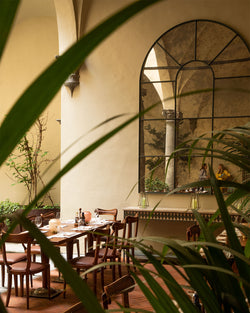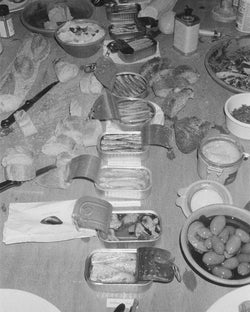Zazá Bistro is not just any Rio de Janeiro restaurant. In the 23 years since Isabela ‘Zazá’ Pierek founded her namesake beach-side spot — it’s located just a minute from Ipanema’s Posto 9 — she has created a firm favourite both for locals and for those passing through. The fare is Brazilian, inflected with ideas picked up on her travels around the world, from Thailand and Morocco, and sourced sustainably through a host of trusted suppliers. Like most of Rio de Janiero’s tempo, planning is inspired by the beach. She figured people would like to have somewhere interesting to go after an afternoon there — so upstairs, you’ll find pocket shows, poetry readings, and on an early Sunday evening, philosophy talks. Her plan worked beautifully: it’s an eclectic roster that has the house full during an hour when most restaurants close altogether.
Born in Rio de Janiero but raised in São Paulo, Zazá is a mix of the best of those two iconic cities. Serious, hard working and cosmopolitan as "paulistas", but also the perfect girl from Ipanema. Tall and tanned and full of unconventional ideas, that she loves sharing in a husky voice. We sat down with her to hear some of them — not least, her go-to dinner party recipe, a mouth-watering combination of tuna in smashed potatoes with wasabi and beetroot pearls.






























